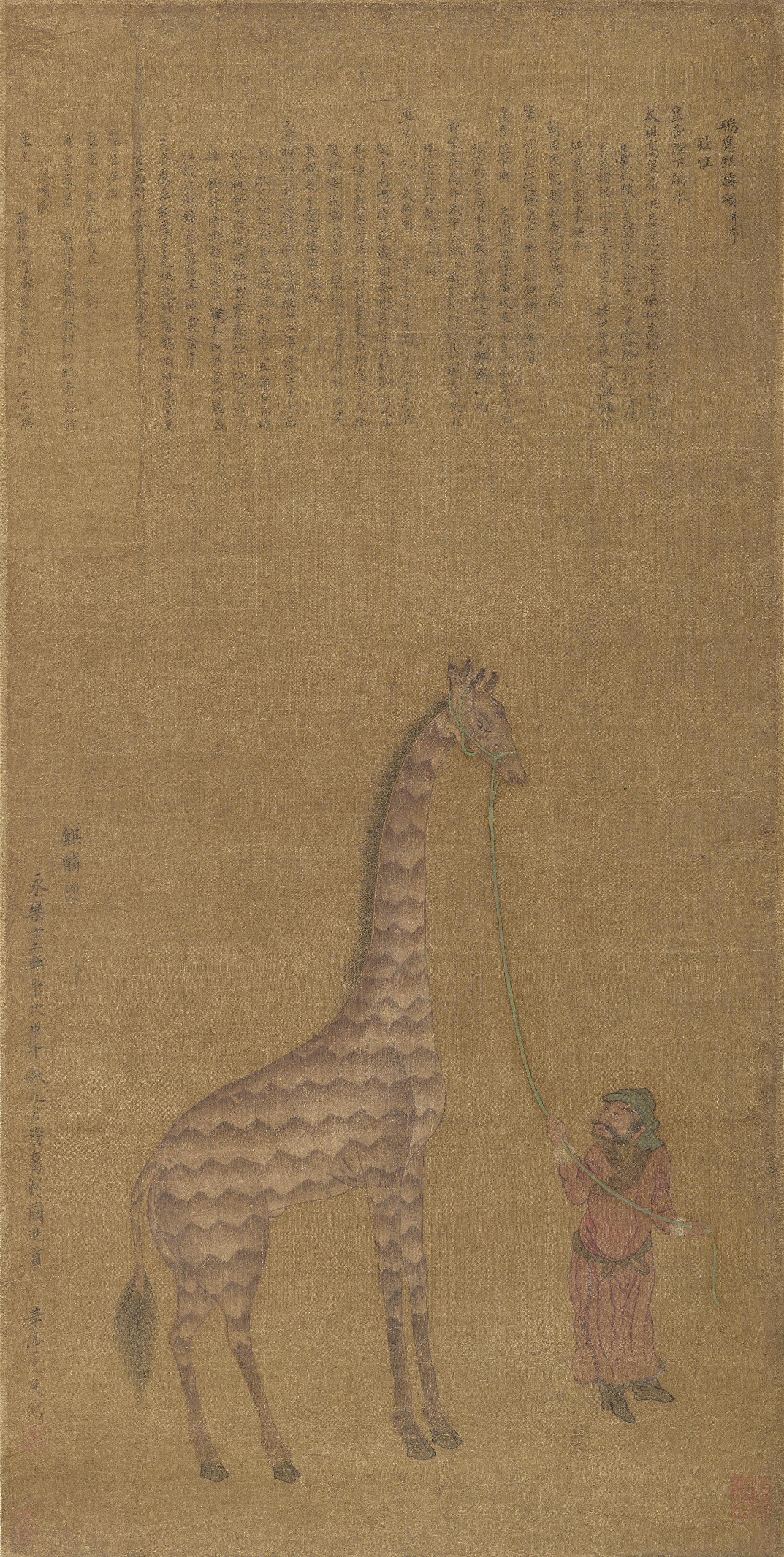|
Beparis
Beparis are a group of traders or intermediaries in the raw jute trade The jute trade is centered mainly around India's West Bengal and Assam, and Bangladesh. The major producing country of jute is India and biggest exporter being Bangladesh, due to their natural fertile soil. Production of jute by India and Bang ..., that stock and supply raw jute to jute mills in West Bengal, India and Bangladesh. The jute mills generally don't buy raw jute from the farmers. For the supply of raw jute, the jute mills rely on the Beparis who directly buy raw jute from the farmers. References Economic history of Bangladesh Economy of West Bengal Jute industry Jute industry of India {{India-econ-stub ... [...More Info...] [...Related Items...] OR: [Wikipedia] [Google] [Baidu] |
Jute Trade
The jute trade is centered mainly around India's West Bengal and Assam, and Bangladesh. The major producing country of jute is India and biggest exporter being Bangladesh, due to their natural fertile soil. Production of jute by India and Bangladesh are respectively 1.968 million ton and 1.349 million metric ton. Bengal jute was exported to South East Asia from the 17th century by the Dutch, French and later by other Europeans. By the 1790s a small export had developed to the Scottish city of Dundee, where the flax spinning industry could use a small percentage to lower costs. Thomas Neigh, a Dundee merchant invented the mechanical process of spinning jute in 1833 by first soaking it in whale oil.Chaudhury, N.C. Jute and Substitutes' 2000, Biotech Books Raw jute was exported from Bengal by British merchants in increasing quantities from the 1840s replacing flax in the Dundee mills – becoming known as "Juteopolis". Dundee became the global centre of the industry it had creat ... [...More Info...] [...Related Items...] OR: [Wikipedia] [Google] [Baidu] |
Jute
Jute is a long, soft, shiny bast fiber that can be spun into coarse, strong threads. It is produced from flowering plants in the genus ''Corchorus'', which is in the mallow family Malvaceae. The primary source of the fiber is ''Corchorus olitorius'', but such fiber is considered inferior to that derived from ''Corchorus capsularis''. "Jute" is the name of the plant or fiber used to make burlap, hessian, or gunny cloth. Jute is one of the most affordable natural fibers and second only to cotton in the amount produced and variety of uses. Jute fibers are composed primarily of plant materials cellulose and lignin. Jute fiber falls into the bast fiber category (fiber collected from bast, the phloem of the plant, sometimes called the "skin") along with kenaf, industrial hemp, flax ( linen), ramie, etc. The industrial term for jute fiber is ''raw jute''. The fibers are off-white to brown and 1–4 meters (3–13 feet) long. Jute is also called the "golden fiber" for its color an ... [...More Info...] [...Related Items...] OR: [Wikipedia] [Google] [Baidu] |
Economic History Of Bangladesh
The economy of Bangladesh is a major economy of South Asia and a developing market economy. — — —Siddiqi, Dina M. “Miracle Worker or Womanmachine? Tracking (Trans)National Realities in Bangladeshi Factories.” Economic and Political Weekly, vol. 35, no. 21/22, Economic and Political Weekly, 2000, pp. L11–17, . —Paksha Paul, B. (2010), "Does corruption foster growth in Bangladesh?", International Journal of Development Issues, Vol. 9 No. 3, pp. 246-262. —Chowdhury, M.S. (2007), "Overcoming entrepreneurship development constraints: the case of Bangladesh", Journal of Enterprising Communities: People and Places in the Global Economy, Vol. 1 No. 3, pp. 240-251. —Bashar, Omar K. M. R., and Habibullah Khan. “Liberalisation and Growth in Bangladesh: An Empirical Investigation.” The Bangladesh Development Studies, vol. 32, no. 1, Bangladesh Institute of Development Studies, 2009, pp. 61–76, . —Ahamed, Md Mostak. “Market Structure and Performance of Banglade ... [...More Info...] [...Related Items...] OR: [Wikipedia] [Google] [Baidu] |
Economy Of West Bengal
West Bengal is the primary business and financial hub of Eastern India. The state primarily dependent on agriculture and medium-sized industry. West Bengal have Jute industry, Tea industry. West Bengal is rich in minerals like coal. Since the independence of India, The Green Revolution bypassed the state. However, there has been a significant spurt in food production since the 1980s. Agriculture and Livestock Agriculture accounts for the largest share of the labour force. It contributed around 18.7% to the gross state domestic product (GSDP) in 2009–10. A plurality of the state's population are peasant farmers. Major produce Rice and potato are considered to be the principal food crops. The state is the largest source of the important food crop of rice, a staple diet across India, with an annual output of around 16.1 million tonnes in FY 2015–16, and the second-largest producer of potatoes in India with an average annual output of 11 million tonnes in FY 15. W ... [...More Info...] [...Related Items...] OR: [Wikipedia] [Google] [Baidu] |
Jute Industry
Jute is a long, soft, shiny bast fiber that can be spun into coarse, strong threads. It is produced from flowering plants in the genus ''Corchorus'', which is in the mallow family Malvaceae. The primary source of the fiber is ''Corchorus olitorius'', but such fiber is considered inferior to that derived from ''Corchorus capsularis''. "Jute" is the name of the plant or fiber used to make burlap, hessian, or gunny cloth. Jute is one of the most affordable natural fibers and second only to cotton in the amount produced and variety of uses. Jute fibers are composed primarily of plant materials cellulose and lignin. Jute fiber falls into the bast fiber category (fiber collected from bast, the phloem of the plant, sometimes called the "skin") along with kenaf, industrial hemp, flax (linen), ramie, etc. The industrial term for jute fiber is ''raw jute''. The fibers are off-white to brown and 1–4 meters (3–13 feet) long. Jute is also called the "golden fiber" for its color and hi ... [...More Info...] [...Related Items...] OR: [Wikipedia] [Google] [Baidu] |

.jpg)